After-Hours Tour of the Fraunces Tavern Museum: "Path to Liberty"
Explore a new exhibit inside the oldest building in Manhattan, a witness to history throughout the Revolutionary War Era!


Pondicherry might sound like an exotic dessert, but it’s actually one of my favorite destinations in India. Situated along the Coromandel Coast of the Bay of Bengal, it is known for its palm-fringed beaches, mosques, its French influence and the world famous Aurobindo Ashram.
Pondicherry is a Union Territory of India formed out of four districts of former French India and named for the largest of them, Pondicherry. The name means “New Village” in Tamil, probably in reference to its discovery by the French. It is also known as “The French Riviera of the East” (La Cà ´te d’Azur de l’Est). For an Indian city, Pondi is small–around one million people live there–making it still a manageable place to explore.
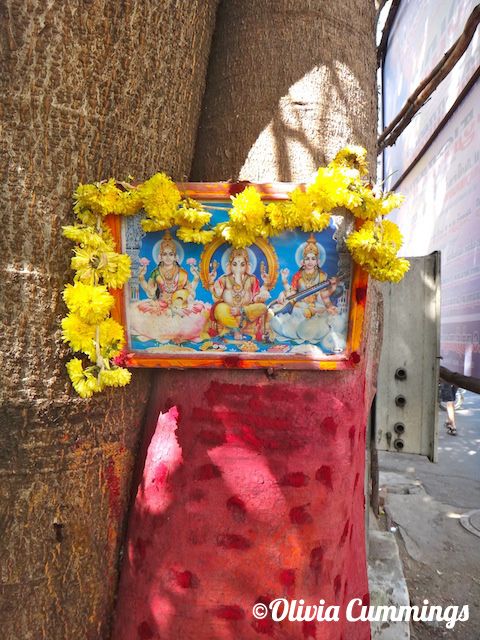
Pondicherry was designed based on a grid pattern and features organised quartiers and perpendicular streets. It is easy to navigate, and the orderly street signs make getting around by foot very practical. Pondicherry is divided into two sections: the French Quarter and the Indian quarter. Compared to other Indian cities, being in Pondicherry is like seeing India through a French lens, glammed up, hard core boho chic, but yet it is also still intrinsically Indian. In the French-ness of it, Pondi doesn’t lose its Indian-ness, rather it is an enlarged, synergistic version.

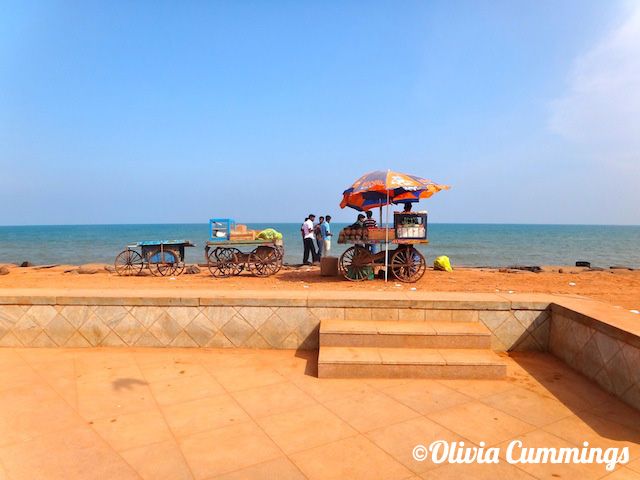
We ate at the Hà ´tel de l’Orient,the former 18th Century Education Department that was reopened as the 16-room boutique hotel. The staff is French-spoken; the menu in French, the maître d’hà ´tel a French matron who kept a quiet eye on the French-speaking Indian men waiting the tables. There was Sapphire gin on the menu, and Indian wine. The antiques that decorated the Hà ´tel were dazzling, and as we sipped on our Indian red, a live jazz band in the courtyard serenaded us into the warm Indian night. It was a gorgeous hybrid of cultures, the best of all worlds.
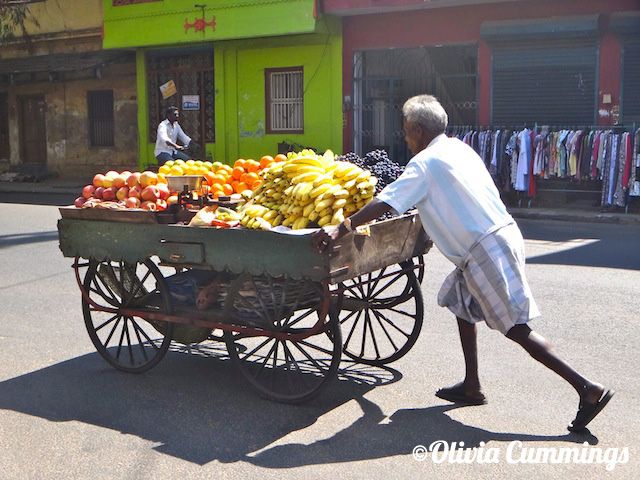
Reflecting on the standout features of this jewel of the South, it’s impossible to bypass the fact that it is incredibly visual. The 3-4 story bungalow-style concrete houses, where the families live, are painted in every colour you can imagine, the kind you can see in many parts of India. However, just next to the Bay of Bengal there is a drastic change in the urban landscape. Tiled rooftops, wooden shutters, balconies (like in the the south of France), colonnades, comfortably wide streets and pretty pastel Catholic churches. This is the old French influence, la Ville Blanche, where the colonists once lived.

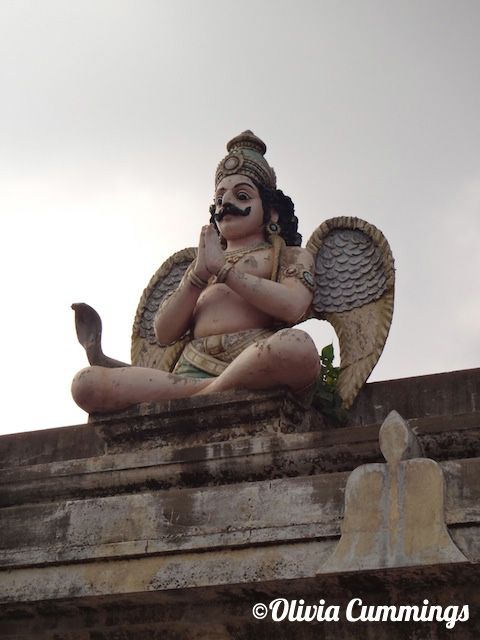
You can cruise down the pretty French quarter on a bike and marvel at the quiet, shady streets where the flowers drape over thick stone walls that surround the stunning mansions of the past colonists. The atmosphere is unique, an oasis in the midst of this wild and vast country.
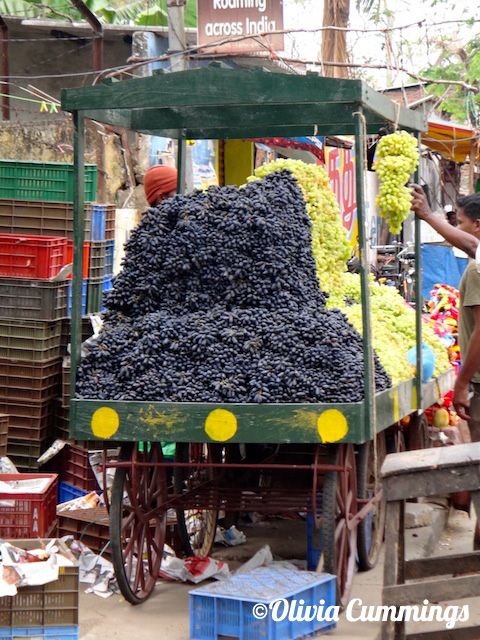
Apart from playing the flâneur and perusing the streets, in Pondi, you may also feel the urge to spend money. Don’t get me wrong, I felt a spiritual awakening, but at the same time – a karmic balancing of sorts one could say – I also felt an extreme urge to consume. Pondicherry is kind of like the ‘shabby chic’ or ‘boho cool’ centre of India. There are a plethora of hidden antiques shops that sell furniture and statues of Indian deities, many along Mahatma Ghandi Road and Nehru Street, contrasted with the sensory exuberance of the Grand Bazaar.

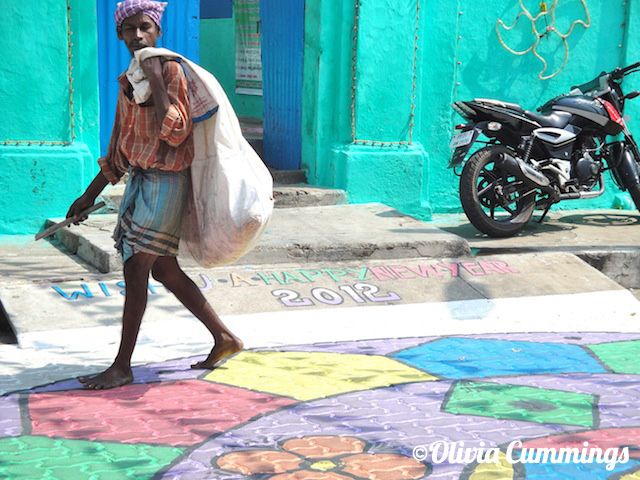
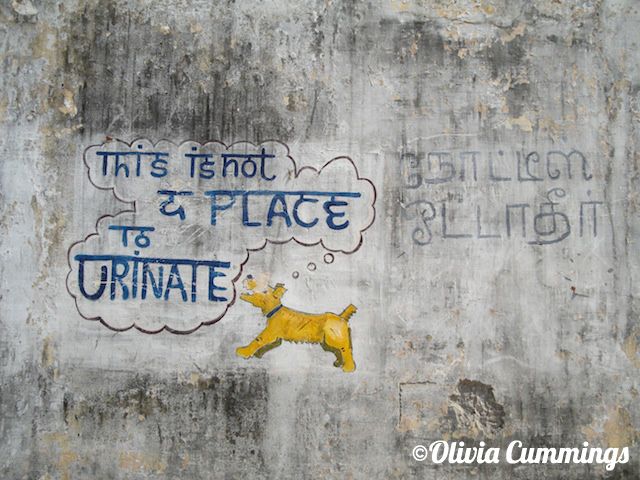
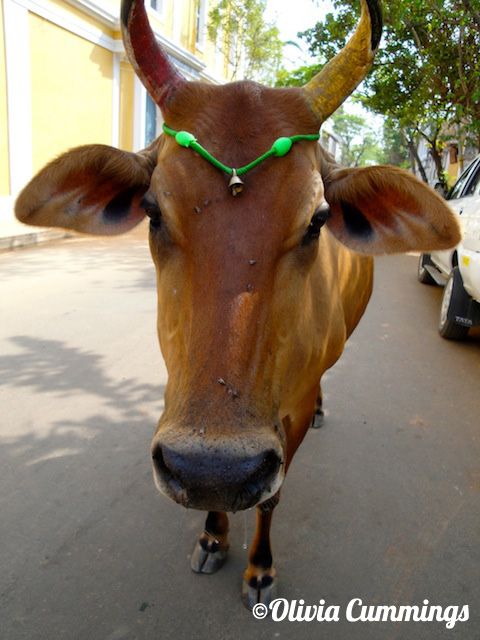
Pondicherry is too great to be just a faà§ade, and too beautiful to be artificial. Pondicherry was my first love affair with a city in India and I cannot wait to be back there again.
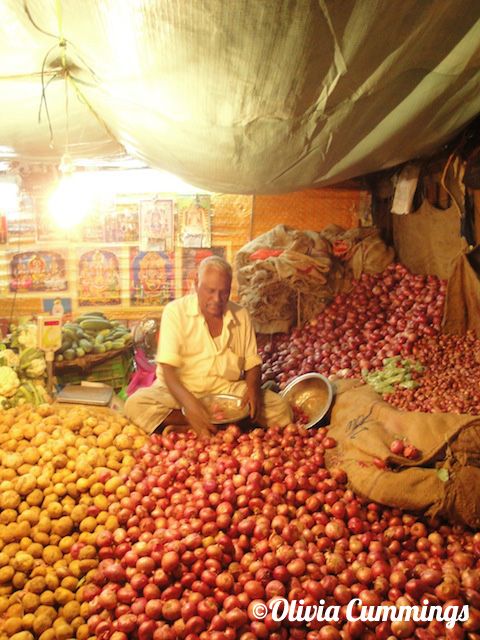
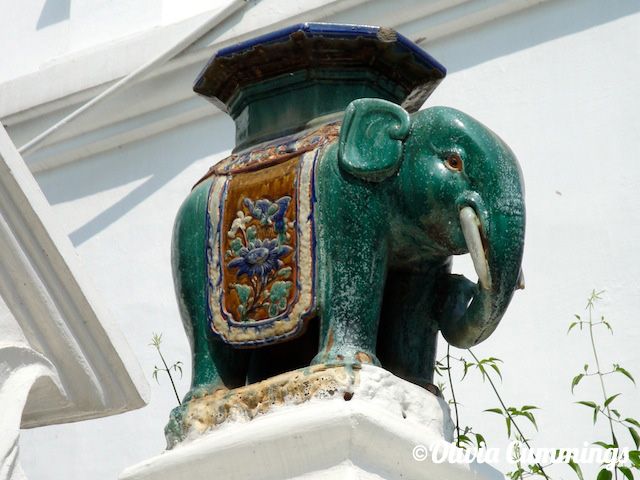

Get in touch with the author @OliviaCummings8.
Subscribe to our newsletter